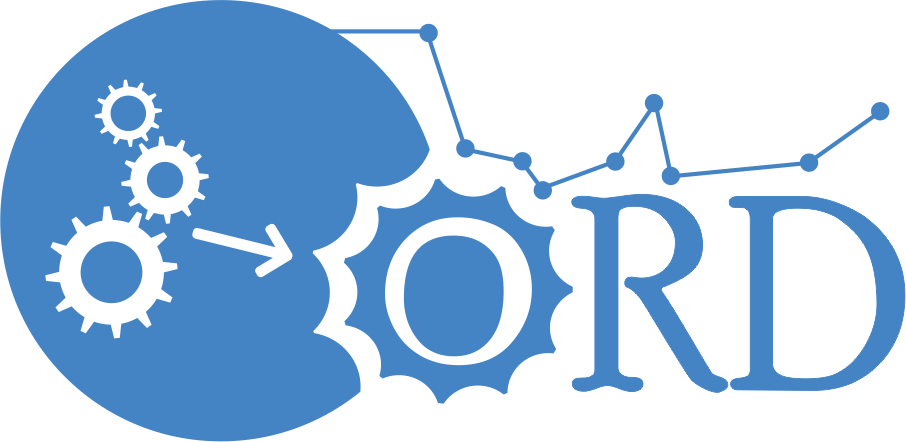Issue: 2010/Vol.20/No.3-4, Pages 69-79
COGNITIVE EFFORT OF VOTERS UNDER THREE DIFFERENT VOTING METHODS - AN EXPERIMENTAL STUDY
Marcin Malawski , Krzysztof Przybyszewski
, Krzysztof Przybyszewski , Honorata Sosnowska
, Honorata Sosnowska
Cite as: M. Malawski, K. Przybyszewski, H. Sosnowska. Cognitive effort of voters under three different voting methods - an experimental study. Operations Research and Decisions 2010: 20(3-4), 69-79.
Abstract
This paper deals with the comparison of the processes of decision making by voters under the approval voting rule (in two variants: classical and categorization) and majority rule. Under the majority rule, each voter chooses a single alternative. Under approval voting, they can vote for as many alternatives as they wish. Under the categorization method, they divide alternatives into three groups: approvable, not approvable and neutral. We conducted a process tracing experiment with respondents choosing an office manager from 13 candidates characterized by 14 attributes. The process of collecting information on candidates from the data presented on the screen was observed by a coordinator. For this experiment, the concept of cognitive effort was defined as the quantity of information gathered. The cognitive effort made under the three methods was compared. The highest cognitive effort was observed in the case of the categorization method and the lowest in the case of approval voting.
Keywords: approval voting, majority rule, cognitive effort, process tracing experiment
Received: Accepted:
